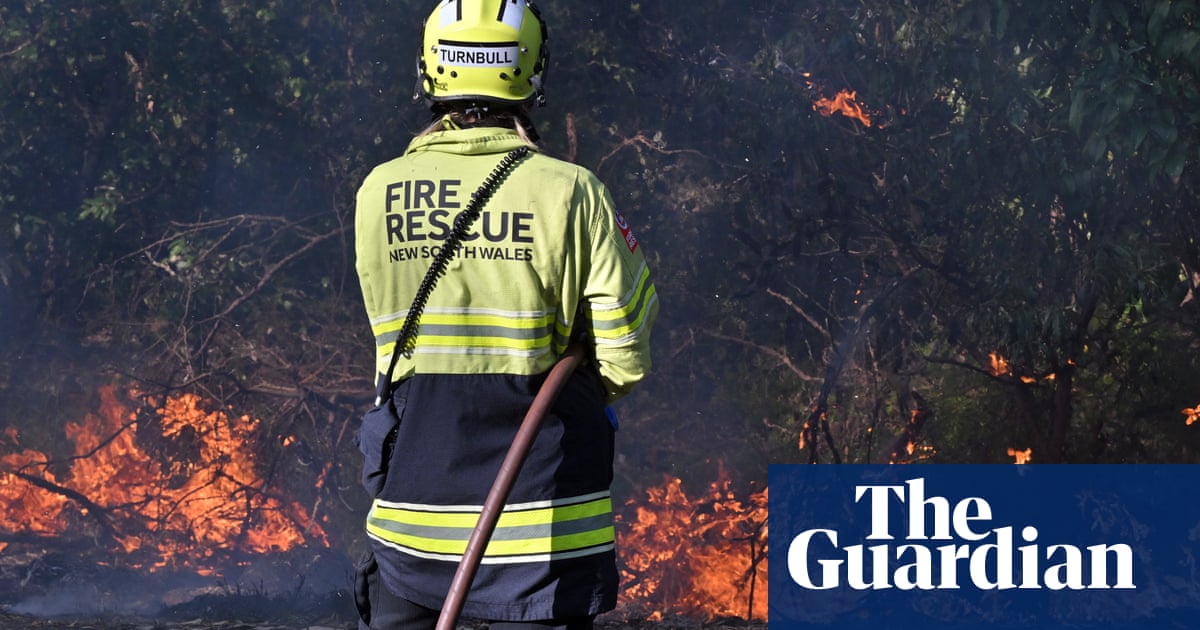Soaring average temperatures and strong winds will lead to high and extreme fire danger warnings for parts of southern Australia this weekend.
The Bureau of Meteorology said the elevated risk was caused by high temperatures in Western Australia’s interior – up to 16C higher than the average – being pushed eastwards across the country.
“On Saturday, we are expecting quite a jump in temperatures with a maximum of 35C in Adelaide and reaching up to 40C for western parts of the state,” said Jonathan How, a meteorologist at the bureau.
“We’re not expecting too much in the way of rainfall, but the wind will really start to ramp up.”
An extreme fire danger warning has been issued for South Australia’s west coast, extending to the Eastern Eyre Peninsula, Lower Eyre Peninsula, Flinders, Mid North, Mount Lofty Ranges, Yorke Peninsula, Riverland and Murraylands.
An extreme rating means once a fire starts it is expected to spread quickly and become extremely dangerous.
High fire danger warnings are also expected in parts of eastern Tasmania and north-western Victoria on Saturday.
“Heading into Saturday afternoon and evening, we will see the wind speeds really increase across Victorian and Tasmania,” How said. “We may be issuing damaging wind warnings [for] elevated parts of Victoria, as well as the Snowy Mountains in New South Wales.
“This burst of strong winds will move through quite quickly, so we are expecting much calmer conditions as we head into the later parts of Sunday.”
On Sunday, temperatures will rise to 34 in Parramatta, 32 in Sydney, 31 in Albury-Wodonga and Newcastle and 30 in Canberra, before easing on Monday.
“On Sunday, high fire dangers will push eastwards, this time into NSW, including Sydney and the Illawarra, Eastern Victoria and south eastern parts of Tasmania, including Hobart,” How said.
This weekend’s high temperatures come just days after the BoM and the CSIRO’s biannual state of the climate report confirmed temperatures have increase by 1.5C since 1910.
Last month, mean temperatures were 2.51C warmer than the 1961-90 average, making it the second-warmest October on record. For Queensland, it was the warmest month, up 2.77C.
For maximum temperatures, last month was the fourth-warmest October on average, with daytime temperatures 2.81C above the norm.
For rain, the national area-averaged October tally was 18.4% below the 1961-1990 average. Only Western Australia was wetter than average, with all others states and territories drier than usual last month.
“Rainfall was below to very much below average (in the lowest 10% of all Octobers since 1900) for south-western Western Australia, and parts of NSW and Victoria,” a BoM spokesperson said.
“For both Victoria and Tasmania area-averaged rainfall was the lowest since 2019, around 30% below the October average.”







